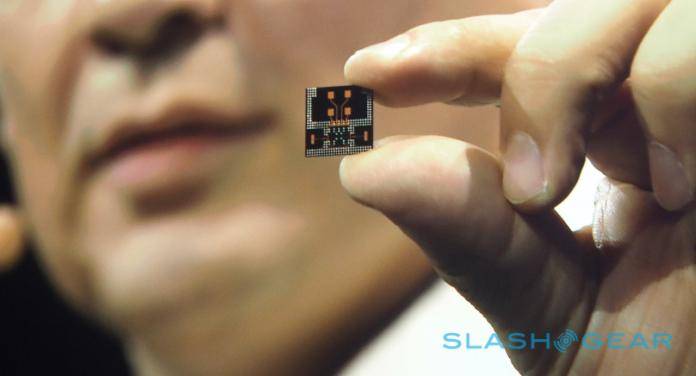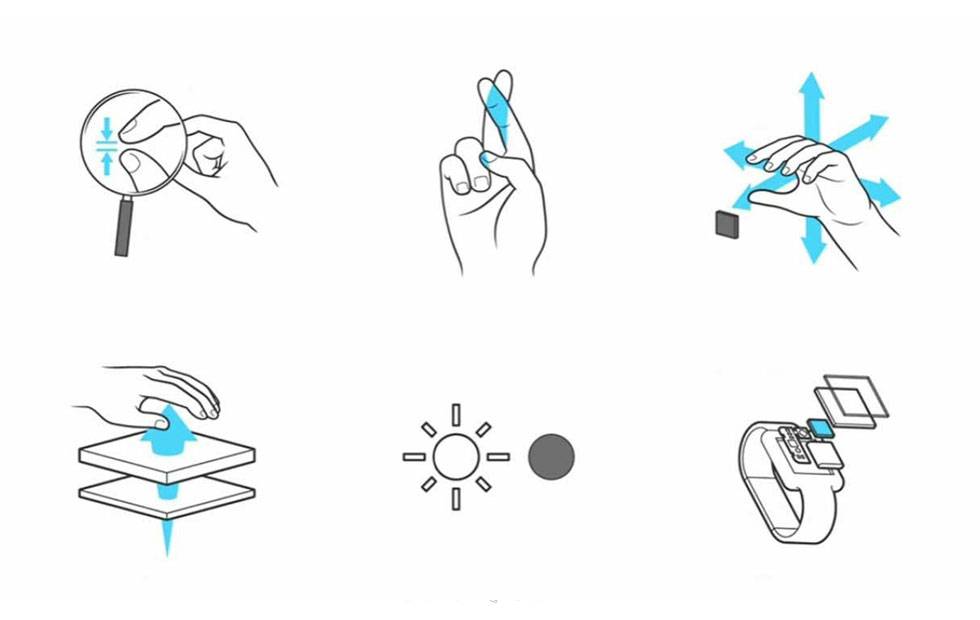
The way you interact with your mobile and wearable device might just change or at the very least become better. Google has finally gotten approval from the Federal Communications Commission (FCC) to run their radar-based motion sensor at higher power levels than it is normally allowed. Known as Project Soli, this technology may actually make way for devices to still be used beyond just the touchscreen display. There is no commercial application yet but this is a good sign that Google is on the way to making this happen.
The radar-based motion sensor isn’t really a new technology. What Google was able to get from the FCC is permission to apply the technology at higher power levels, based on European standard ETSI EN 305 550 V1.2.1. Basically, the tech lets your device capture motion in a three-dimensional space with the use of a radar beam. In other words, with just the wave of your hand or pressing an “invisible button” between the thumb and index fingers, you’ll be able to interact with your phone, tablet, smartwatch, or even other wearable devices.

Initially, Facebook raised concerns with the FCC regarding Google’s application, saying that this higher power level might actually interfere with other on-device systems. But the two companies were able to reach a consensus and submitted a Google-Facebook Joint ex parte Filing in 2018. They agreed on a higher level than currently allowed but at lower levels than the original proposal by Google.
The filing also mentions that the Soli technology is not always active, similar to how voice-activated controls work. “The Google Soli sensor shall operate with a maximum transmit duty cycle of 10 percent in any 33 milliseconds (ms) interval (i.e., the Soli sensor will not transmit longer than a total of 3.3 ms in any 33 ms time period).”
Now as to how this will apply to actual, real-life devices is something that remains to be seen. Google will probably double their efforts on the commercial applications of this technology so we’ll hear more about this over the next few months.
VIA: SlashGear









